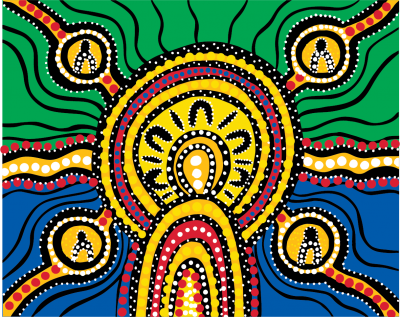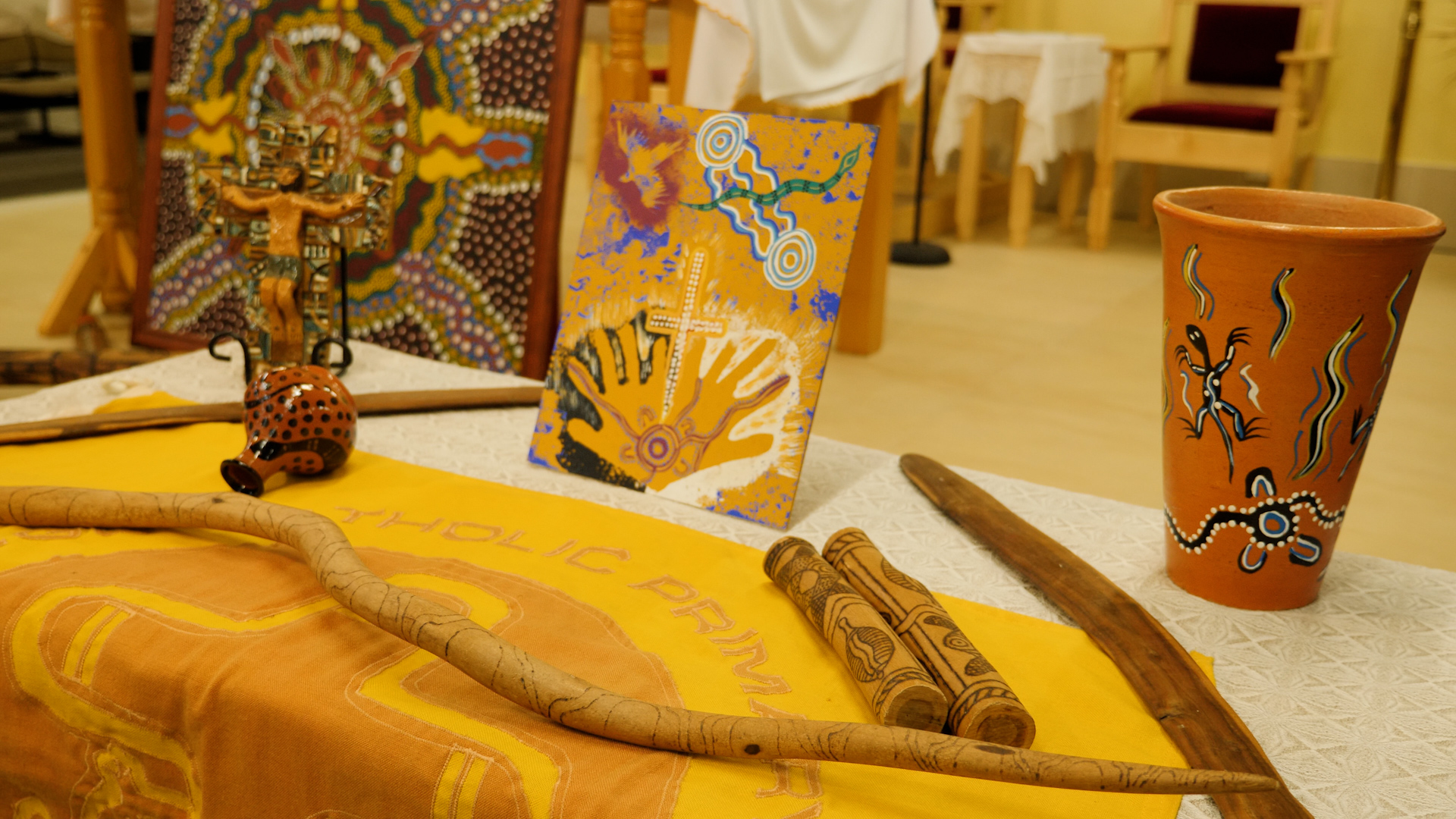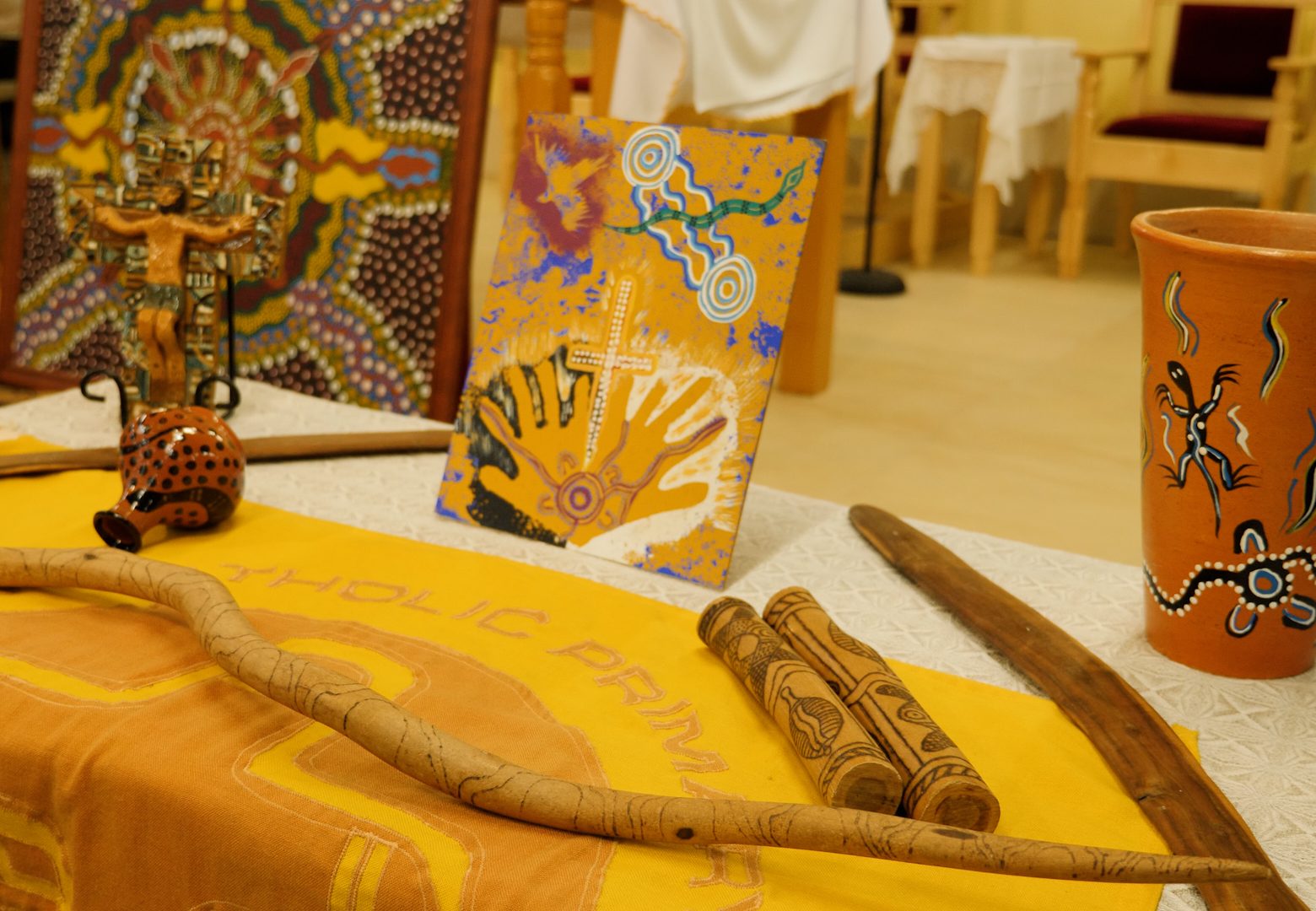The Importance of our Reconciliation Action Plan
The Archdiocese of Brisbane Reconciliation Action Plan (RAP) provides a roadmap for agencies and parishes to build respectful relationships with First Nations people. It fosters a deeper understanding of the effects of racism—both systemic and casual—and acknowledges the historical impact of colonisation on contemporary First Nations communities. The RAP identifies opportunities to create new pathways for healing and understanding through a range of activities and learning opportunities.
There are four types of RAPs—Reflect, Innovate, Stretch, and Elevate. The Archdiocese of Brisbane’s RAP is an Innovate RAP, which focuses on taking meaningful steps toward reconciliation. This includes building and strengthening relationships with First Nations people, engaging staff and stakeholders in reconciliation, and piloting innovative strategies that empower First Nations communities.
The implementation of the RAP is being piloted by the Parishes of Beenleigh, Bracken Ridge, Cleveland, Inala, Zillmere, and Stafford. Archdiocesan Ministries is leading this effort in collaboration with Centacare. An Archdiocesan Services RAP Working Group has also been established to help each agency fulfil its commitments.
The first version of the RAP was launched on 17 November 2020, which led to the archdiocese being nominated for the 2021 Queensland Reconciliation Awards.
The second version was launched at the inaugural Archdiocesan Reconciliation Dinner on 14 September 2023. Endorsed by Reconciliation Australia, this RAP covers all agencies, parishes, and communities from 2023 to 2025.
This RAP is a strategic priority for the archdiocese, endorsed by the Executive Directors of all Archdiocesan agencies (Archdiocesan Services, Brisbane Catholic Education, Centacare, Catholic Early EdCare, and Xavier). It will continue beyond the succession of Archbishop Mark Coleridge, who submitted his formal resignation to Pope Francis in September 2023.
In declaring the RAP 2.0 operational, Archbishop Coleridge emphasised the archdiocese’s commitment to serious, and sometimes costly, actions that require sacrifice:
“With regards to our First Nations sisters and brothers, it’s not enough just to listen, although that’s crucial because it’s where it begins. Nor is it enough just to learn. Nor is it even enough just to love unless that love becomes action.
So we commit ourselves to that action; the action which takes concrete shape in the reconciliation plan.”
View the Brisbane Catholic Archdiocese RAPs:
- 2023-2025 Brisbane Catholic Archdiocese Innovate RAP https://archdiocesanministries.org.au/reconciliation-action-plan/
- 2020 Brisbane Catholic Archdiocese Innovate RAP download https://brisbanecatholic.org.au/assets/uploads/Archdiocese-of-Brisbane_Innovate-RAP-HR.pdf
About the Artwork
This artwork represents the Archdiocese of Brisbane as the face of the Catholic Church in South East Queensland. The design’s main path, where blue meets green, represents a journey guided by the Spirit, leading towards the centre—a symbol of the Archdiocesan community. From this centre, smaller circles branch out, symbolising the connection to the vulnerable in our communities. The white dots represent the healing power that flows from the Spirit, while the smaller circles represent people throughout the community using First Nations symbols. The black lines in the background spread the Good News simply and effectively, while the vibrant colours in the main circle represent the Archdiocese’s commitment to responsive and innovative governance.

About the Artist: Shara Delaney
My name is Shara Delaney. I am a descendant of the Noonuccal, Ngugi, and Geonpul clan groups of Quandamooka, located on the east coast of Brisbane. I grew up in the Redlands and have always maintained my connection to country. Belonging and having a relationship with the land and sea are essential to me. Engaging with the community through art as a cultural practice brings me joy.
Reconciliation Action Plan
Headlines and stories
Enjoy articles and videos about our Reconciliation Action Plan

